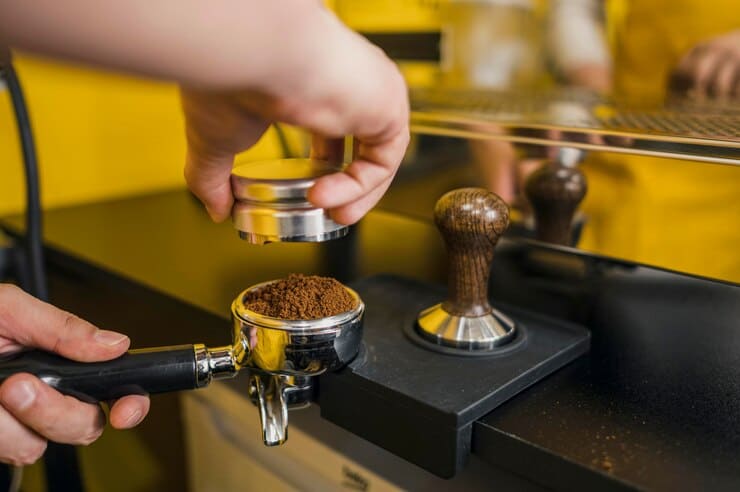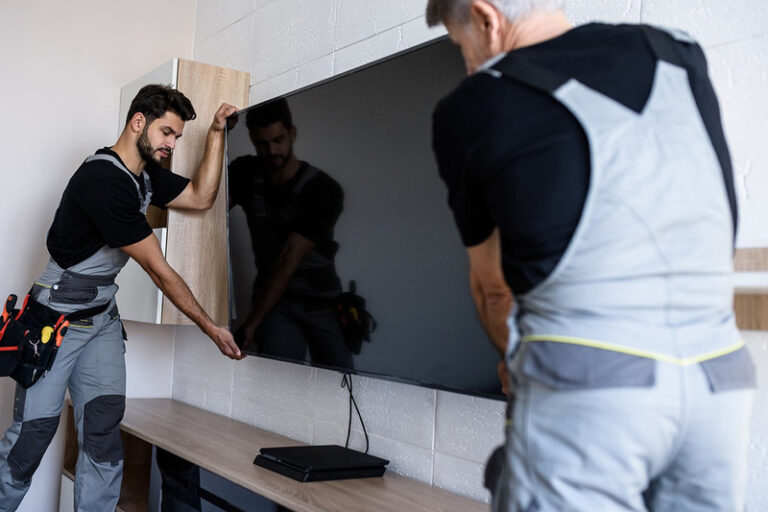from regular coffee, its flavor profile, processing methods, and more.
Air Roasting vs. Traditional Roasting:
Air-roasting coffee involves using hot air to roast the beans, rather than the conventional method of direct contact with a heated surface. This approach allows for more uniform heating and precise control over the roasting process. In traditional roasting, beans are exposed to direct heat, which can result in uneven roasting and potential scorching.
Flavor Profile and Taste:
The air-roasting process produces coffee beans with a distinct flavor profile that sets them apart from traditionally roasted beans. Air-roasted coffee tends to be lighter in body and acidity, with brighter and more pronounced flavors. The hot air evenly circulates around the beans, allowing for a more consistent roast and enhanced flavor development. Additionally, air-roasted beans often exhibit complex aromas and a smooth, clean finish.
Reduced Bitterness and Acidity:
One of the key advantages of air-roasted coffee is its reduced bitterness and acidity compared to traditionally roasted coffee. The gentle roasting process minimizes the formation of bitter compounds and preserves the natural acidity of the beans, resulting in a smoother and more balanced cup of coffee. This makes air-roasted coffee an excellent choice for those who prefer a milder and more approachable brew.
Preservation of Aromatics:
Air-roasting preserves the delicate aromatics of the coffee beans, allowing their unique flavors to shine through. The controlled heating process prevents the loss of volatile compounds that contribute to the coffee’s aroma, resulting in a more aromatic and flavorful brew. This is particularly important for specialty coffees, where the nuances of origin and varietal are highly prized.
Consistency and Precision:
Air-roasting offers greater consistency and precision in the roasting process, ensuring that each batch of coffee beans is roasted to perfection. The use of hot air allows for precise control over temperature and airflow, minimizing variations in roast level and flavor profile. This consistency is essential for specialty coffee roasters seeking to maintain high quality and consistency in their products.
Cleaner and Greener Process:
Air-roasting is a cleaner and more environmentally friendly process compared to traditional roasting methods. Since no direct contact with heated surfaces is involved, there is less risk of smoke or particulate emissions. Additionally, air-roasting consumes less energy and produces fewer greenhouse gas emissions, making it a greener option for coffee roasters looking to reduce their environmental footprint.
Conclusion:
Air-roasted coffee offers a unique and flavorful alternative to traditional coffee roasting methods. By harnessing the power of hot air, this innovative approach produces coffee beans with a distinctive flavor profile, reduced bitterness and acidity, and enhanced aromatics. With its precise control over the roasting process and environmental benefits, air-roasted coffee represents the future of specialty coffee production. As consumers increasingly seek out high-quality and sustainable coffee options, air-roasted coffee is poised to become a staple in the world of specialty coffee.




